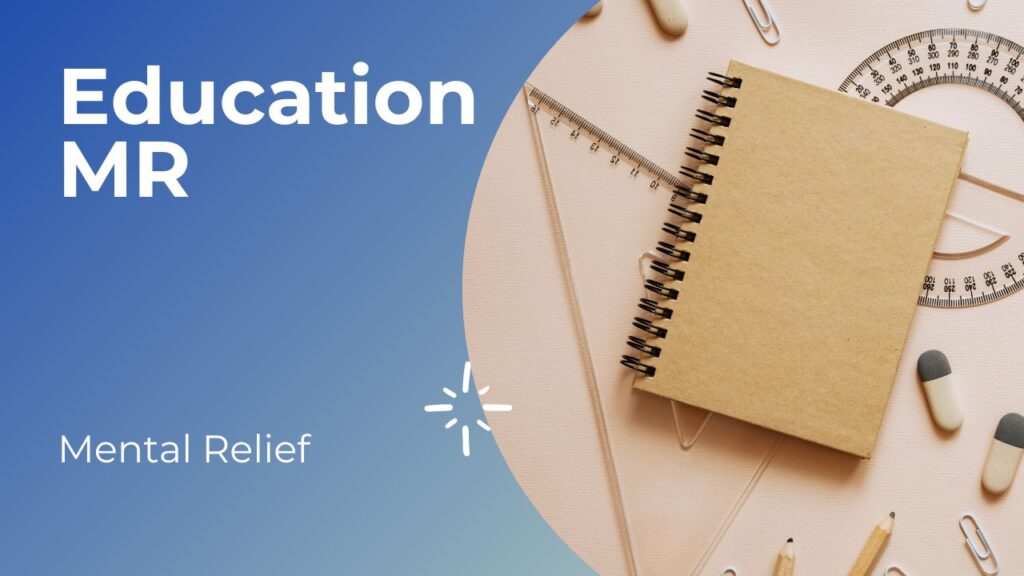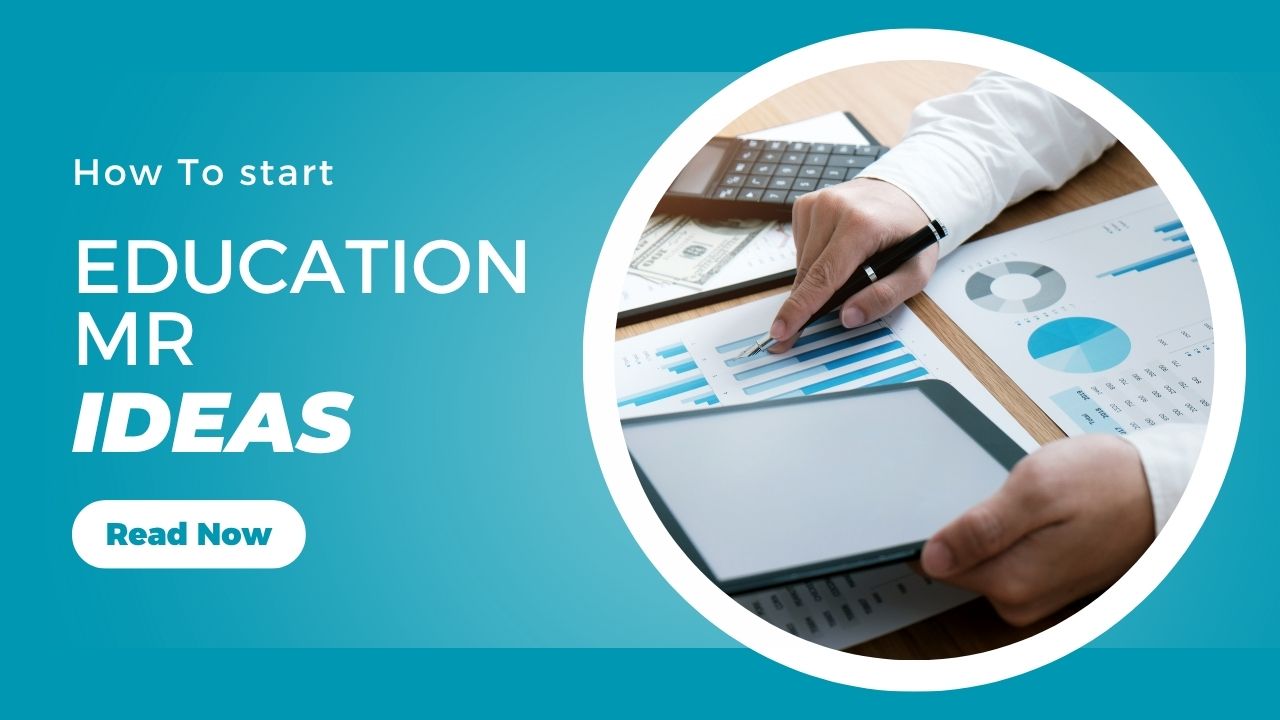Introduction
Education has always been shaped by technology, from blackboards to digital classrooms. Today, one of the most promising innovations is Mixed Reality (MR) in Education: The Future of Learning. By blending the physical and virtual worlds, MR provides students with immersive, interactive learning experiences that go beyond textbooks and lectures. From medical training to STEM labs, MR is changing how learners understand, practice, and retain knowledge.
In this article, we’ll explore what MR in education is, its benefits, practical applications, challenges, and tips for institutions that want to adopt this powerful technology.
What is Mixed Reality (MR)?
Mixed Reality (MR) in Education While AR overlays digital objects on real-world environments, and VR immerses students in a fully digital space, MR combines both. It allows learners to interact with real and virtual elements at the same time. For example, a student could see a 3D model of the human heart on their desk and rotate it while still sitting in a real classroom.
This blend makes MR an ideal solution for hands-on learning because it offers visualization, interaction, and immersion all in one platform.
Benefits of MR in Education
1. Improved Engagement and Retention
Traditional lectures often fail to capture student attention. Mixed Reality (MR) in Education MR creates immersive learning environments where students interact directly with digital objects, making lessons memorable and engaging.
2. Hands-On Practice without Risk
In fields like medicine, aviation, or engineering, mistakes in the real world can be costly .Mixed Reality (MR) in Education MR provides safe simulations where learners can practice repeatedly without fear of failure or harm.
3. Cost Savings in the Long Run
While initial setup can be expensive, MR reduces the need for physical models, lab equipment, and field trips. Once the system is implemented, digital resources can be reused across multiple classes.
4. Accessibility for Complex Concepts
MR helps students visualize abstract concepts like molecules, physics formulas, or architectural structures. Complex theories become easy to understand through 3D interaction.

Real-World Use Cases of MR in Education
- Medical Training: MR lets medical students practice surgeries and anatomy with lifelike models. Instead of relying only on cadavers, they can explore interactive 3D organs and test procedures.
- STEM Learning: Engineering students can experiment with virtual machines and science experiments, reducing the need for expensive lab equipment.
- Vocational Training: MR prepares students for industrial jobs by simulating machinery, safety procedures, and factory environments.
- K-12 Classrooms: Teachers can use MR for history, geography, or biology lessons. Imagine students exploring the solar system in 3D or handling ancient artifacts virtually.
Challenges of Implementing MR in Education
Despite its advantages, MR adoption faces hurdles:
- High Costs – Devices like Microsoft HoloLens or Meta Quest Pro are costly. Schools must balance budgets with benefits.
- Teacher Training – Educators need training to design and deliver MR-based lessons effectively.
- Technical Issues – MR requires strong internet, compatible hardware, and maintenance.
- Accessibility Concerns – Not all students may adapt easily; alternatives must be provided for inclusive learning.
How Institutions Can Implement MR Effectively
- Start Small: Launch a pilot program with one subject or class before scaling.
- Choose the Right Hardware: Depending on budget, schools can start with mobile MR apps before investing in headsets.
- Train Teachers: Provide workshops so educators feel confident integrating MR into lessons.
- Evaluate Impact: Use tests, surveys, and performance data to measure MR’s effect on learning outcomes.
- Focus on Curriculum Integration: MR should align with course goals, not just be used for entertainment.

The Future of MR in Education
As MR devices become more affordable and software more accessible, we will see widespread adoption across schools, universities, and training centers. Experts predict that MR will play a major role in personalized learning, remote education, and collaborative virtual classrooms. In the next decade, MR may become as common in education as projectors or laptops are today.
FAQs
Q1: Is Mixed Reality better than Virtual Reality in education?
A: Yes, in many cases. MR allows learners to interact with both real and virtual objects, making it more practical for classrooms compared to fully immersive VR.
Q2: Do schools need expensive devices for MR?
A: Not always. Some MR experiences can run on tablets and smartphones, making it more budget-friendly.
Q3: Can MR replace traditional teaching methods?
A: No. MR should be seen as a complement to traditional methods, not a replacement. It enhances lessons by making them interactive and experiential.
Conclusion
Mixed Reality is no longer a futuristic concept it is already transforming education worldwide. From medical schools to K-12 classrooms, MR is making learning more engaging, practical, and accessible. Institutions that embrace MR today will be preparing students for a future where digital and physical worlds work together seamlessly.
